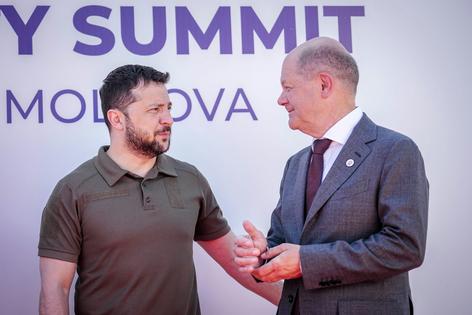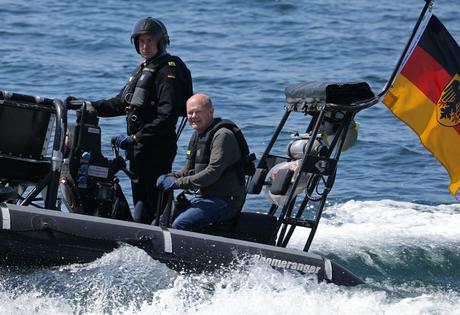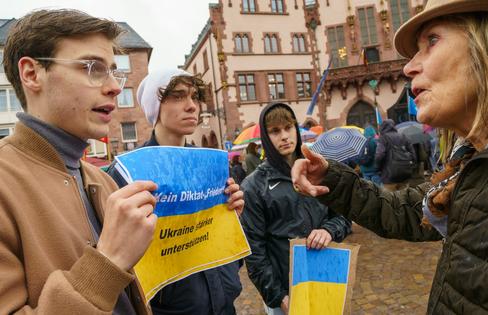Germany’s turning point: 2 years into strategic pivot, progress made bodes well for the US, NATO and the world
Published in Political News
It has now been more than two years since German Chancellor Olaf Scholz entered a new compound word into the jargon of global politics: “Zeitenwende.”
Scholz’s Zeitenwende speech of Feb. 27, 2022 – the word loosely translates as “turning point” – came as the world was coming to grips with Russia’s full-scale invasion of Ukraine. It marked a major shift for the world’s third-largest economy and its foreign and defense policy, including significant investments in Germany’s depleted armed forces.
With NATO’s 75th anniversary summit approaching in July, has the Scholz government lived up to its promises? And what are the implications of Germany’s pivot for the United States?
As an expert on international security, I am well aware that critics on both sides of the Atlantic argue the Scholz government has failed to adequately strengthen Germany’s armed forces and that its military support for Ukraine is insufficient. Yet when measuring Scholz’s actions against the objectives he originally articulated, there is reason to believe that he has mostly delivered on his promises.
Beyond immediate support for Ukraine, Scholz formulated two major long-term goals in his speech. First, strengthen the German military with a large, one-time investment, followed by a permanent increase in defense spending. Second, adopt a more assertive foreign policy in defense of a rules-based international order. To this end, Scholz sought to align Germany even more closely with its transatlantic allies, while reducing the country’s energy and economic dependence on Russia and China.
Taken together, the Zeitenwende amounted to a shift from a strategy of engagement with Russia and China to one of deterrence and derisking – that is, efforts to diversify supply chains to make Germany less vulnerable to economic coercion.
Scholz’s government has created a 100 billion-euro (about US$108 billion) special fund for the Bundeswehr – Germany’s armed forces – and for the first time since the collapse of the Soviet Union in 1991, Germany will spend 2% of its GDP on its military in 2024. Scholz has further promised to keep that level of funding into the 2030s.
These spending levels are unlikely to turn Germany’s military into the “powerful, cutting-edge” force Scholz envisioned. The Bundeswehr has “too little of everything,” as the German Parliament’s commissioner for the armed forces recently concluded in a scathing assessment.
Over the next decade, however, a 2% spending level could allow for a meaningful modernization, especially if efforts to cut bureaucratic red tape succeed.
Germany is also the second-largest provider of military assistance to Ukraine after the U.S. From January 2022 to January 2024, it made military aid commitments totaling 17.7 billion euros (about $19 billion).
...continued













Comments